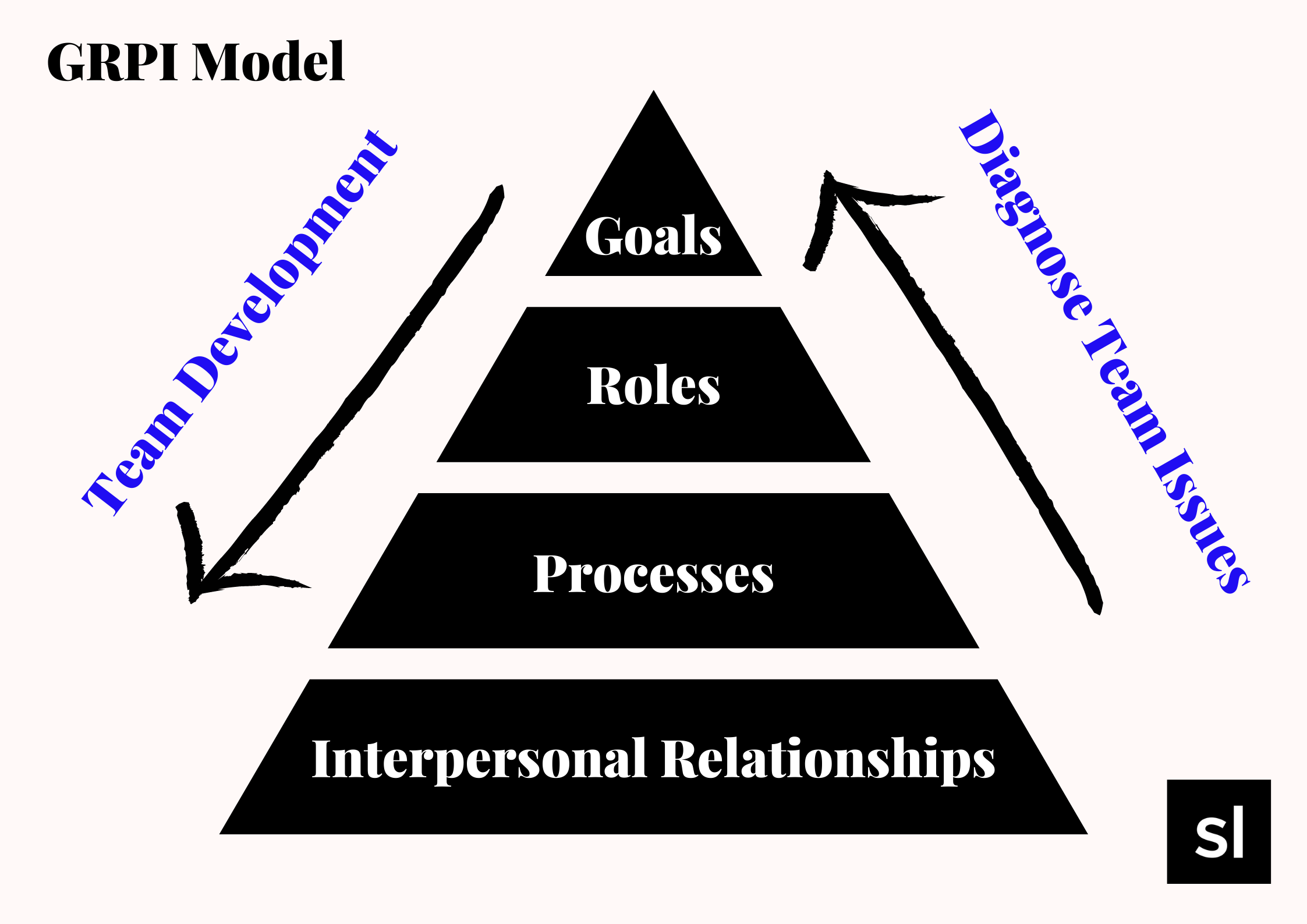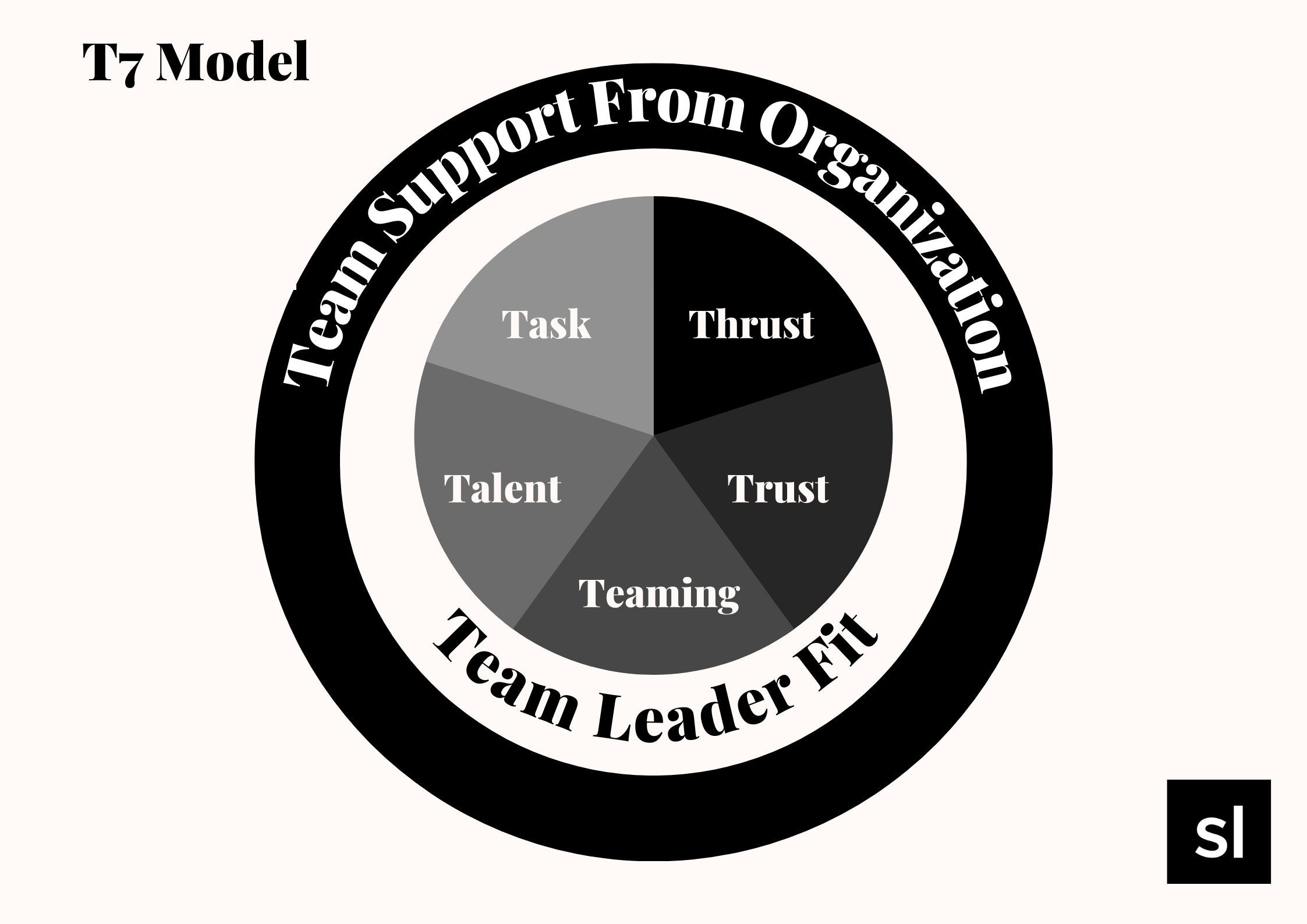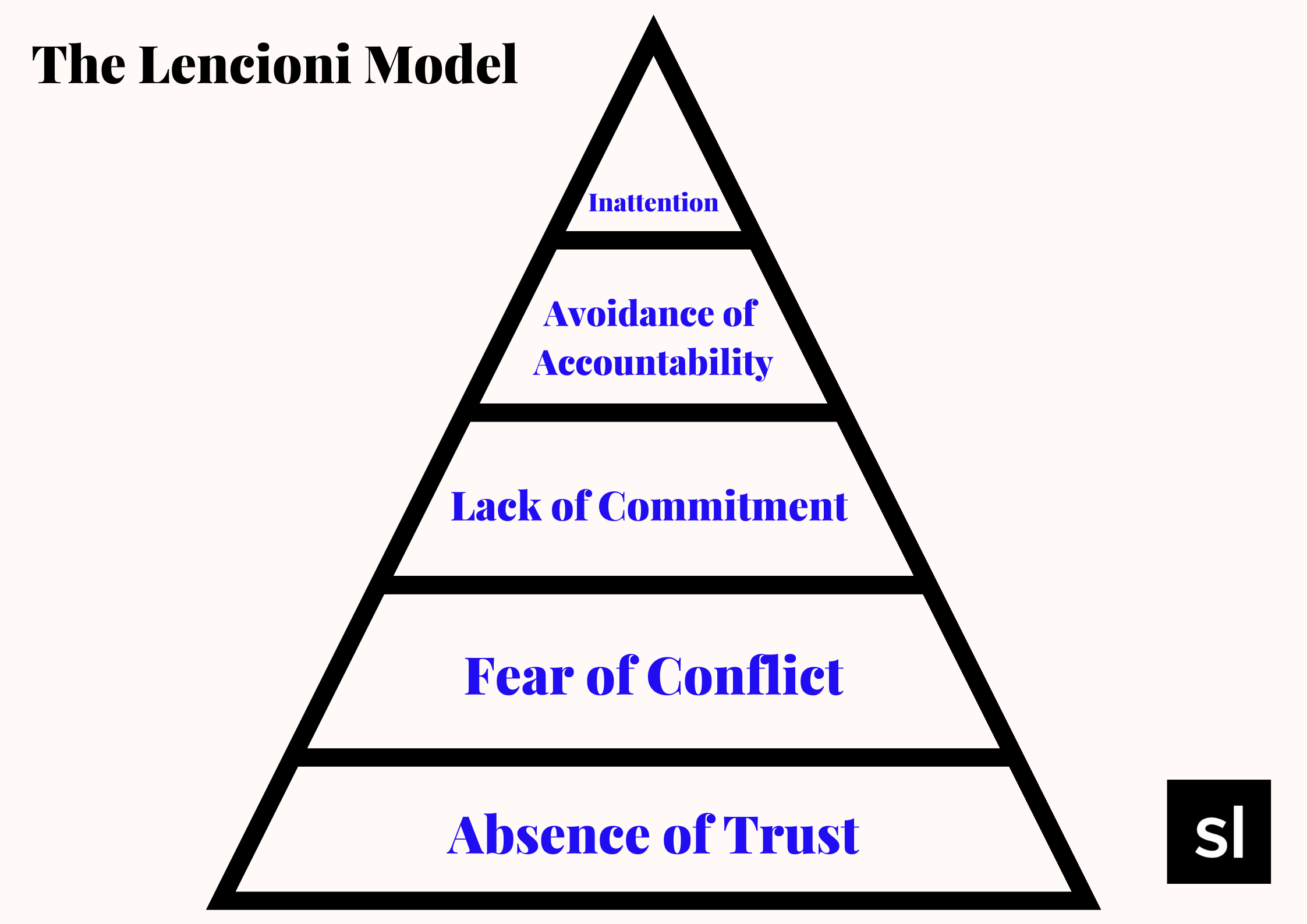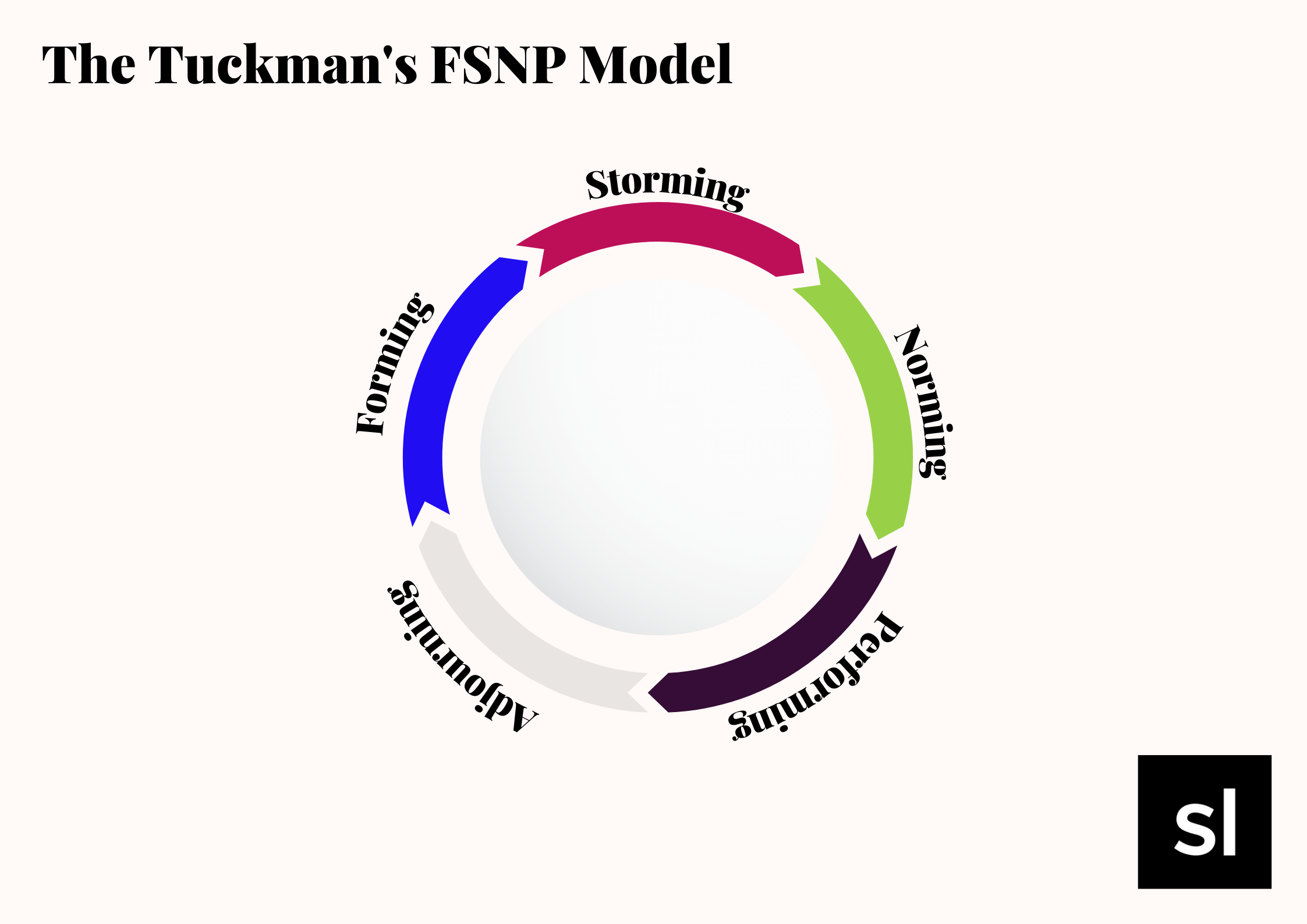
8 Must-Know Team Effectiveness Models for Your Business
Last update: 5 October 2022 at 11:08 am
Michael Jordan once said, “Talent wins games, but teamwork and intelligence win championships.”
As a business owner, you want high-performing teams playing on your side of the court.
A successful team means a competitive advantage against your competitors.
Teams are what support your business. Effective teams will hit their team’s objectives consistently and if your teams aren’t effective, then your business won’t meet its goals.
Think of your own team and its group dynamics. Is that a team that will win you championships?
If you aren’t sure about your answer, you should keep reading this article. We will share with you the eight must-know models for team effectiveness for your business.
What is a Team Effectiveness Model?
Team effectiveness refers to your team’s capacity to accomplish its objectives and goals over time. Team leaders directly impact team effectiveness. Your leaders must foster a company culture that balances both employee well-being and performance for a successful team.
There are five components to an effective team. Pay attention to these, and you will see these concepts come up again when we explore some popular team effectiveness models.
Foster Psychological Safety
Your team needs to feel safe asking for feedback or taking a risk. Is your team comfortable admitting failure or giving feedback? Those answers will help you measure your team’s effectiveness.
Trust Your Team Members
This component is simple. Your team needs to count on each other to meet deadlines and get tasks done.
Choose a Team Leadership That Defines Structure and Clarity
A team leader needs to define roles, plans, and goals for their team members. This structure is what will set the groundwork that will guide progress on your projects.
Setting roles for your team will leave no question as to who is responsible for what, creating accountability for each task.
Work With Meaning
Team members need a sense of purpose in their work. Examples of purpose are financial security or supporting a family.
Your Team Environment Impact’s Effectiveness
Your team members want their work to matter. They want to know that they make a difference and foster change in their world.
Why Is It So Important?
Efficient teamwork is important because your teams are working toward your business’ goals.
When teams can consistently meet their goals, your business also meets its goals. Choosing the right team effectiveness model that fits your team will help develop your team is important. Your team’s success will depend on it.
But, what is the best team effectiveness model? Let’s dive right into the eight models of team effectiveness you can use in your business today.
Rubin, Plovnik and Fry’s GRPI Model of Team Effectiveness
This model of team effectiveness was introduced in 1977 by Rubin, Plbonick, and Fry. The acronym stands for Goals, Roles, Processes, and Interpersonal Relationships.
This model uses a pyramid design to outline the four parts a team must be effective in.
Let’s look at goals and roles in the GRPI model.

You must have clear intentions and objectives laid out for your team. There should be both individual and team goals defined with open communication on priorities.
Define your team leadership and roles for each of the team members. Assign a project leader to your project and put members in roles that match their skills.
The last two pillars of this model that we’ll examine are called processes and interpersonal relationships. Establish problem-solving and decision-making processes and provide organizational support for your teams.
Their relationships with the team influence a team’s performance results. Frequent and honest communication is needed to continue to foster these relationships.
T7 Model of Team Effectiveness
Michael Lombardo and Robert Eichinger created the T7 Model in 1995. This model defines seven factors that affect team effectiveness.
There are two external team factors and five internal factors, and they all start with T. The two external factors are team leader fit and team support from your organization.
The five internalfactors are thrust, trust, talent, teaming skills, and task skills. Thrust is your team’s common goal. Trust is your team having your back.

Talent refers to the unique skills a team member needs to complete their tasks. Teaming skills are their ability to act as a team. While the last factor, tasking skills, refers to their ability to execute their skills.
Katzenbach and Smith Model
Created by Jon Katzenbach and Douglas Smith in 1993 after they studied teams in different industries and companies. This model uses a triangle design with three points representing goals.
These components revolve around teamwork, collective work, personal growth, and performance results.
What are the three components of team effectiveness? They are commitment, skills, and accountability.
Team members are more dedicated to work when they are engaged with clear goals and a mission representing their own morals. Every team member must work as a team and have problem-solving skills.
Lastly, accountability means that your team members will be accountable for their team’s success.
The Lafasto And Larson Model
Frank Lafasto and Carl Larson developed this model of team effectiveness in 2001, which they referred to as the ‘Five Dynamics of Team Work and Collaboration.’
The first element is your team members, as you want to have the right employee for the right job. Matching your employees to their greatest strengths allows them to perform their best in their roles.
The second element is your team relationships and is similar to the GRPI team effectiveness model.
Team problem solving is the third element of the Lafasto and Larson model, and it refers to good team connections and interactions. It’s about the trust your team has in working with each other.
This flows with the fourth element, team leaders. The right team leader fit will drive effective teams.
Finally, the last element is your team organization environment. This final element refers to your company culture and accountability.
The Lencioni Model
Patrick Lencioni’s model looks at the reasons why teams are dysfunctional and which factors affect team effectiveness. The five dysfunctions are:

- Absence of trust
- Fear of conflicts
- Lack of commitment
- Avoidance of accountability
- Inattention
The Lencioni model is commonly shown as a pyramid with the absence of trust at the bottom.
Team development should focus on one dysfunction before moving on to the next tier. Knowing your team’s dysfunction will help identify which factors you need to work on to achieve your team’s goals.
The Hackman Model
Hackman studied analytic teams in the U.S. Intelligence industry and confirmed that five-team effectiveness factors determine success. We will list the factors for you below.
- Be a real team, not a nominal team
- Have a compelling direction for employees to work toward
- Have an enabling structure that fosters teamwork
- Supportive context is needed in your organization. Support your team with adequate resources, rewards, and other factors that help them do their work
- Expert coaching and group development will help build team skills
Salas, Dickinson, Converse, and Tannenbaum Model
You may have seen this model before. But, exactly what is the Salas Dickinson Converse and Tannenbaum model?
This is an adapted version of the Hackman model, and it highlights the importance of organizational context, group design, and how they affect team performance. There are six elements to this team effectiveness model.
- Organizational context
- Team design
- Team synergy
- Process effectiveness
- Material resources
- Group effectiveness
Tuckman’s FSNP Model
This is one of the team effectiveness models that work on achieving the highest personal growth and effectiveness in a team. There are five stages to this model each based on actions.

The first stage is forming. Successful teams are formed by members who develop team relationships with one another. In this stage, people try to avoid conflict and try to be included. Strong interpersonal skills will help individual team members interact more effectively.
The next stage is storming. Team members are more likely to challenge their co-works, and the team will navigate these challenges as they progress in the project.
The third stage is norming. In this stage, the individuals will feel like a team and work together more effectively. Performing is the next stage, and in it, the team will be performing well against all objectives and be motivated to continue reaching goals.
The fifth stage is adjourning. When your team finishes a project, they will review their time together and make plans to work better in the future.
Choosing The Right Model For Your Business
Any of these team effectiveness models will take your teams in a compelling direction. High-performance teams follow the T7 model, the Smith model, or other models that practice mutual accountability. They pair tasks to members with complementary skills. They have strong team support that fosters a trustworthy environment in your business culture.
An effective team will bring in internal and external customers, develop capabilities for leading teams, and have strong team task skills. Your company should choose the effectiveness model that fits your company’s goals. Change your teams from good to great by fostering efficient teams with these eight models of team effectiveness or find an agency to help you.







